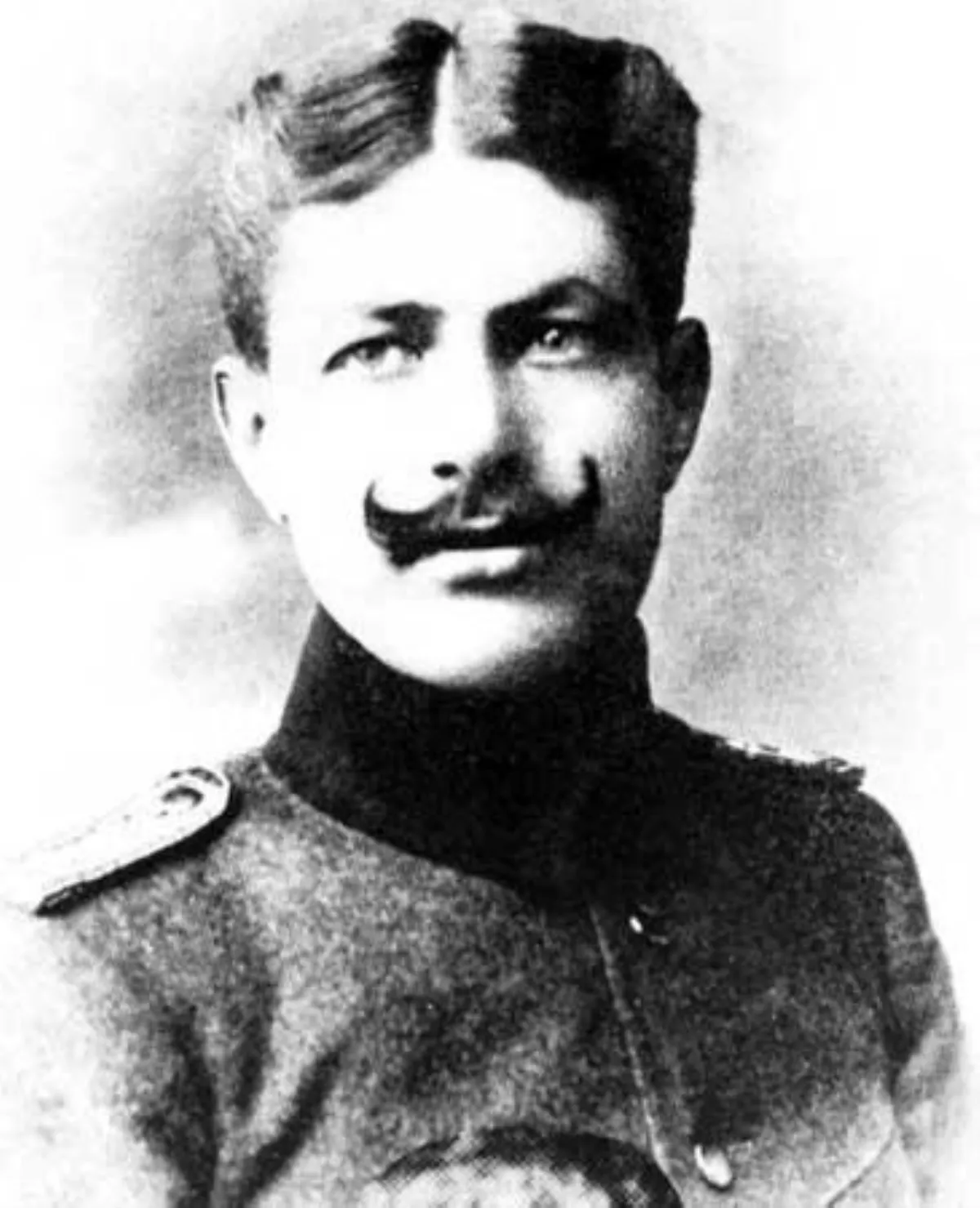 1.
1. Yusuf al-Azma was a Syrian military officer and revolutionary figure who was the minister of war of the Arab Kingdom of Syria under the governments of prime ministers Rida al-Rikabi and Hashim al-Atassi, and the Arab Army's chief of general staff under King Faisal.